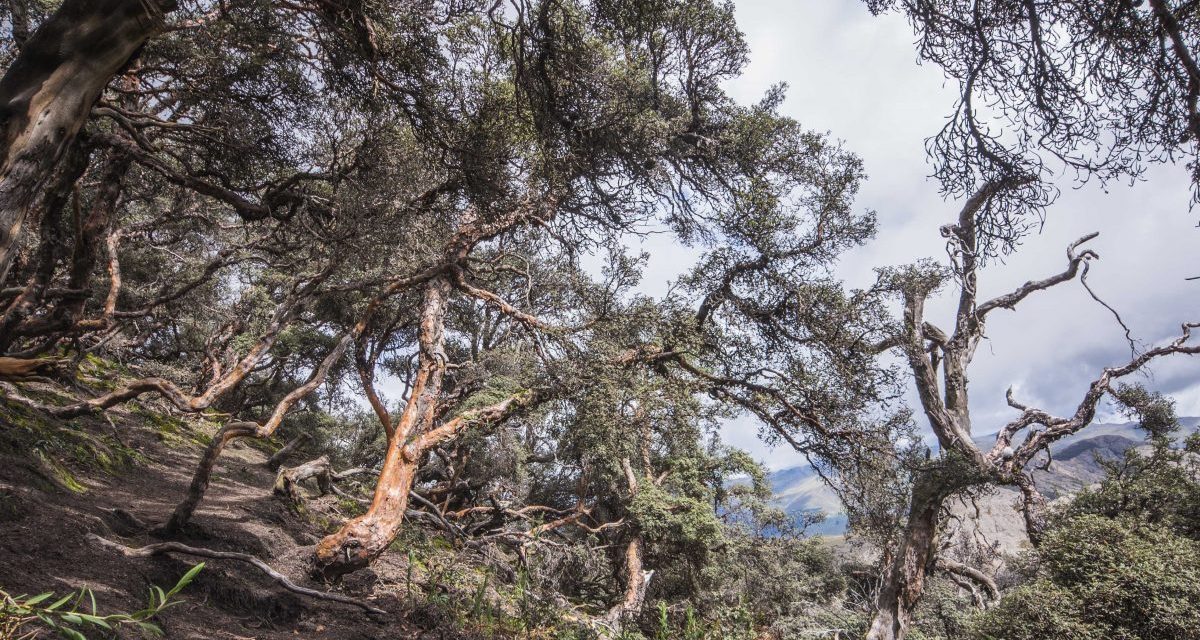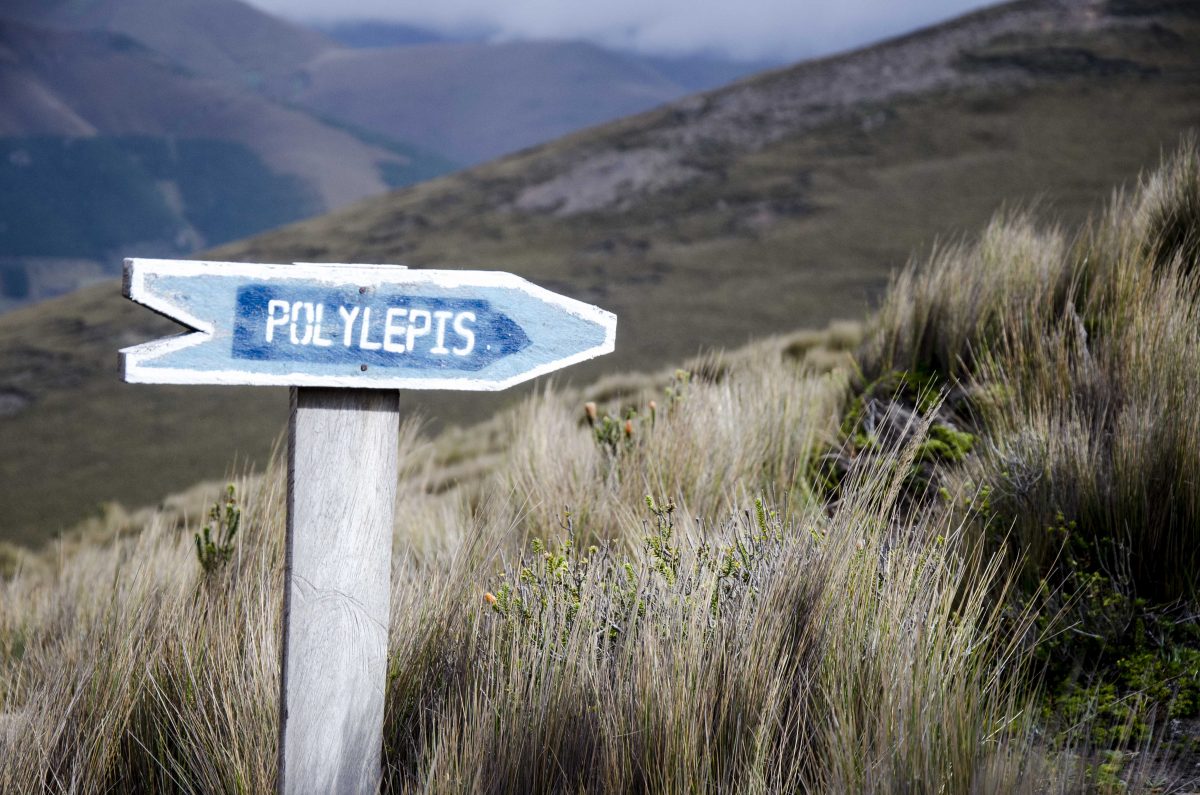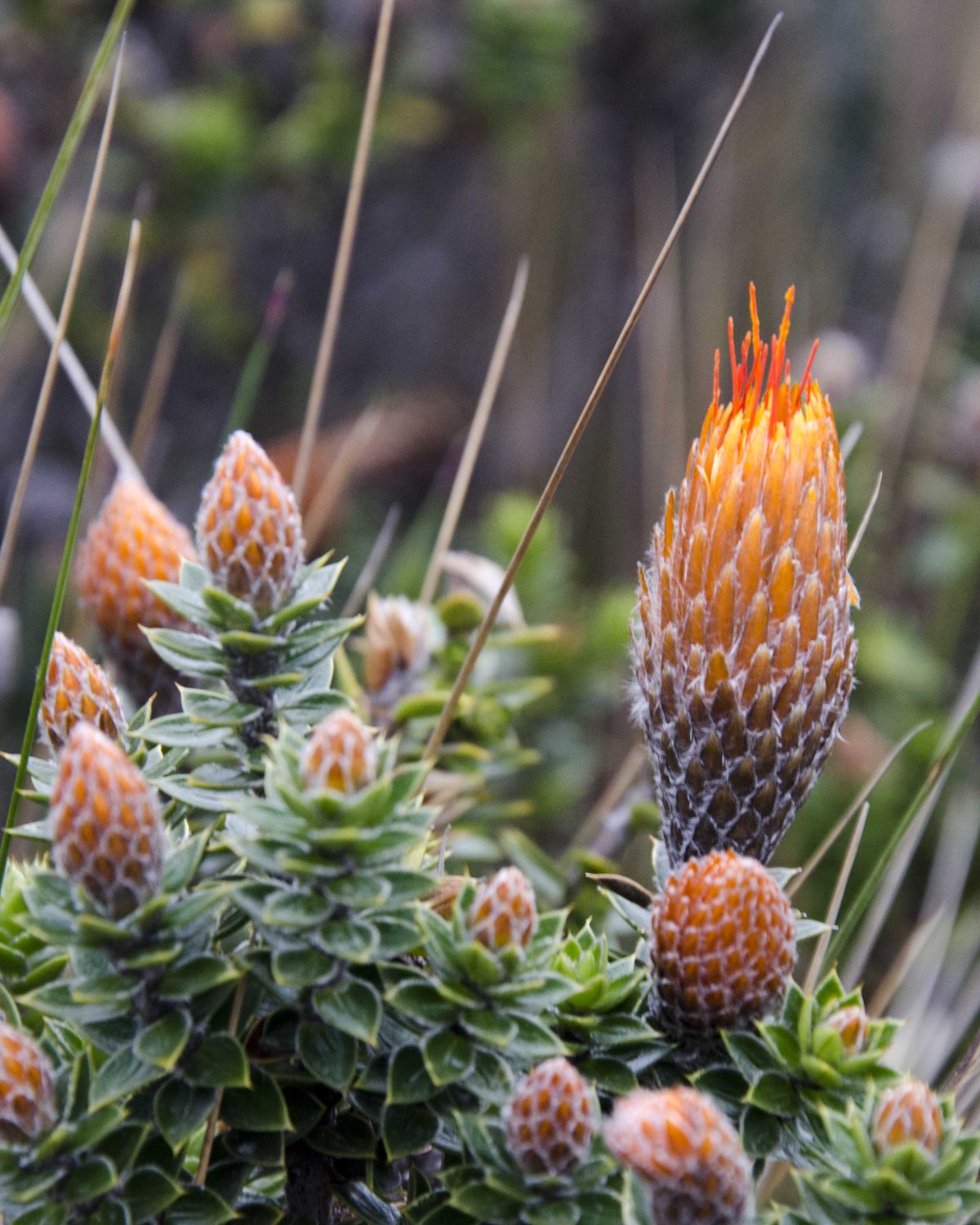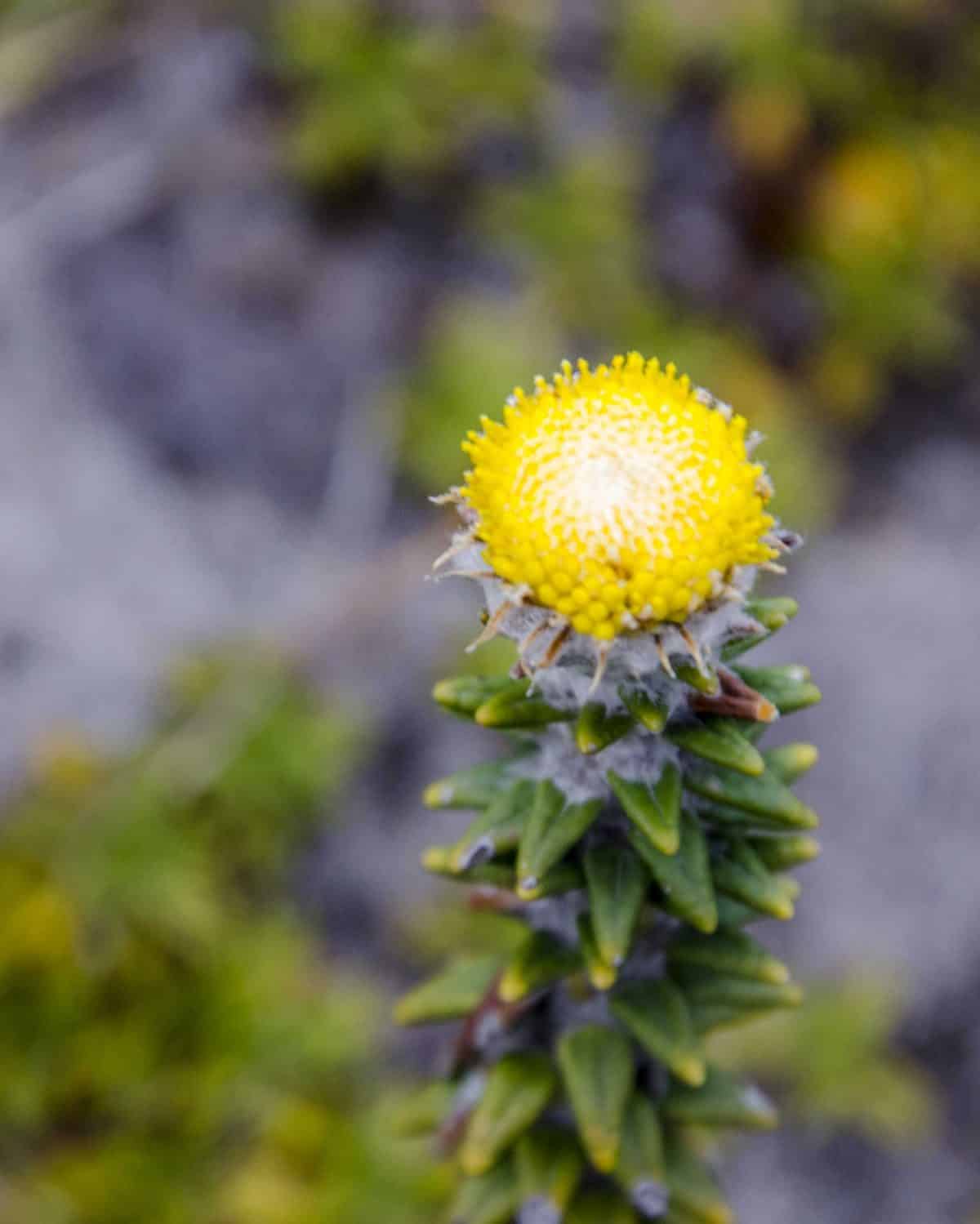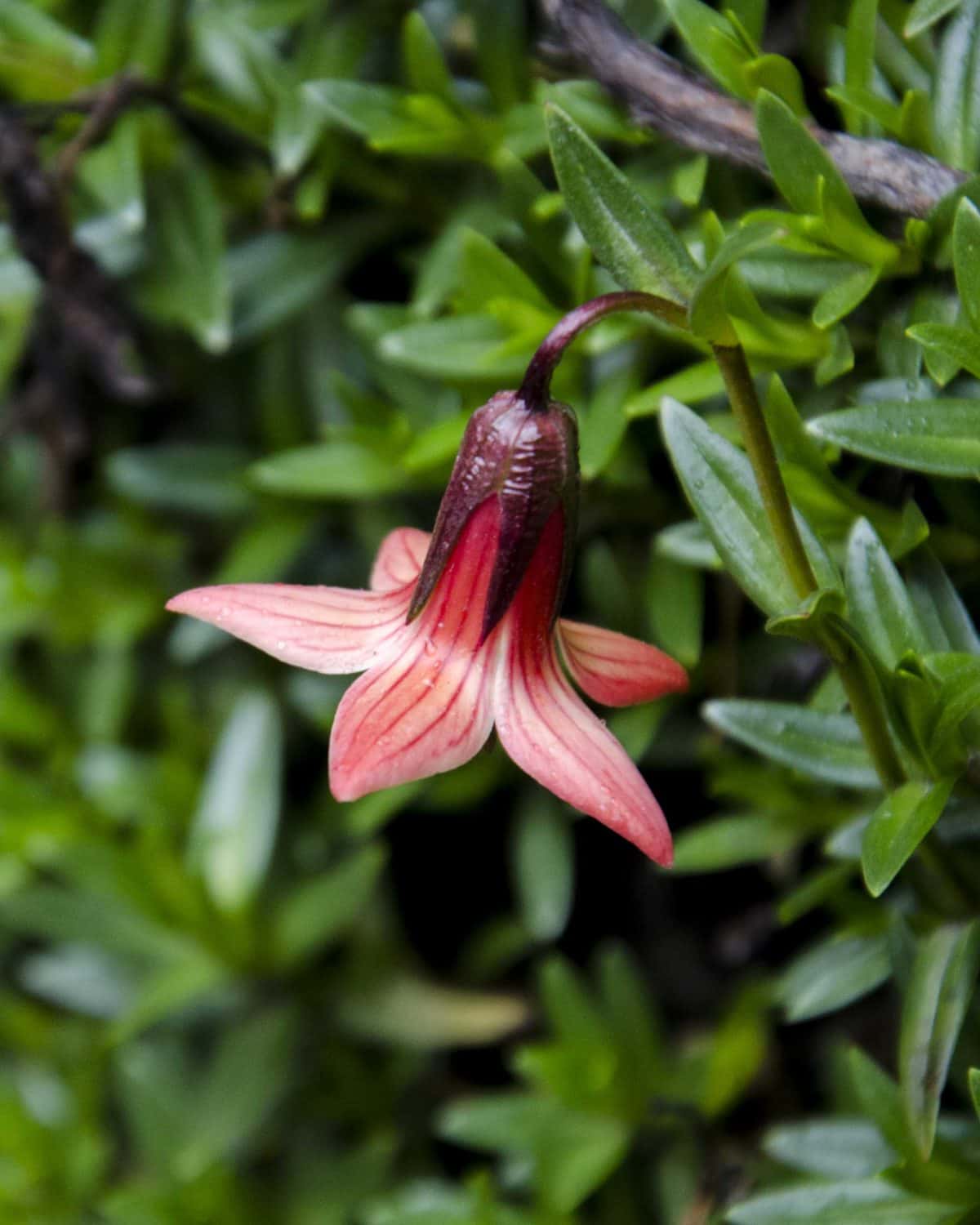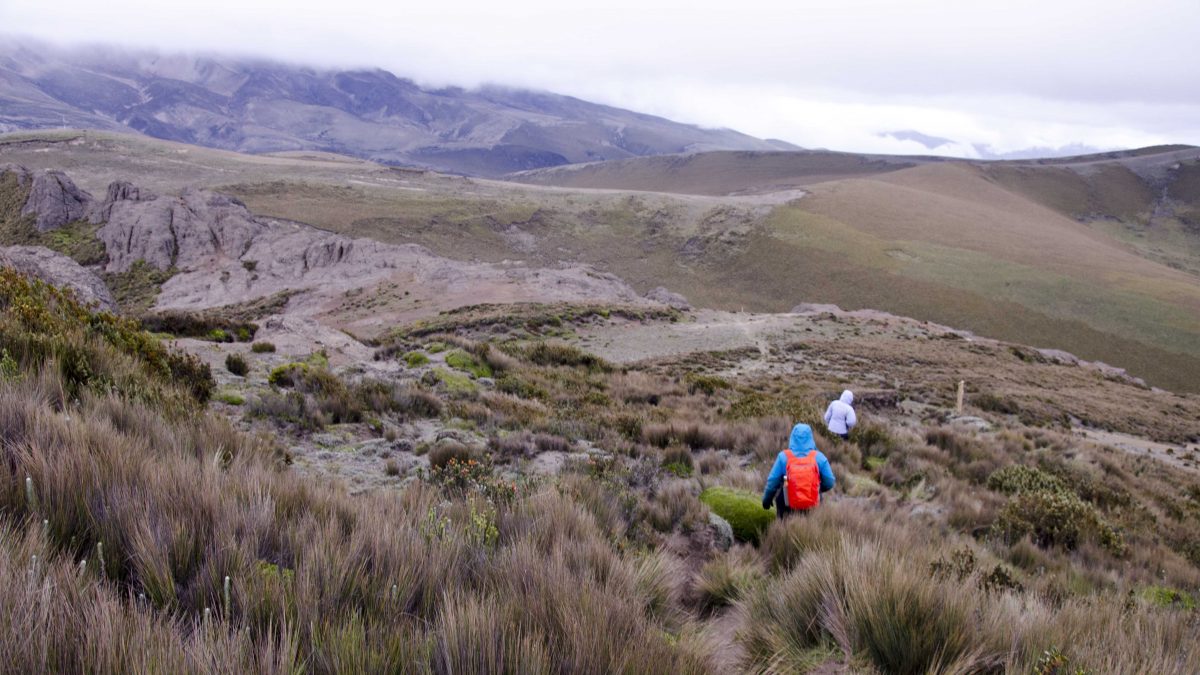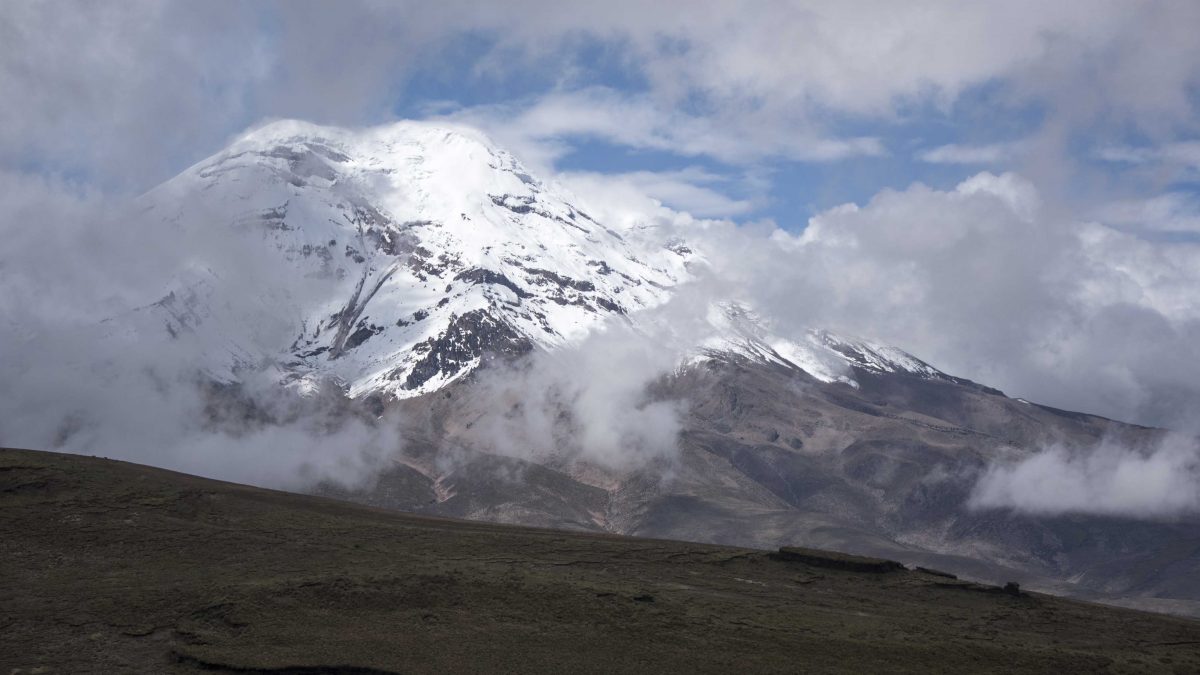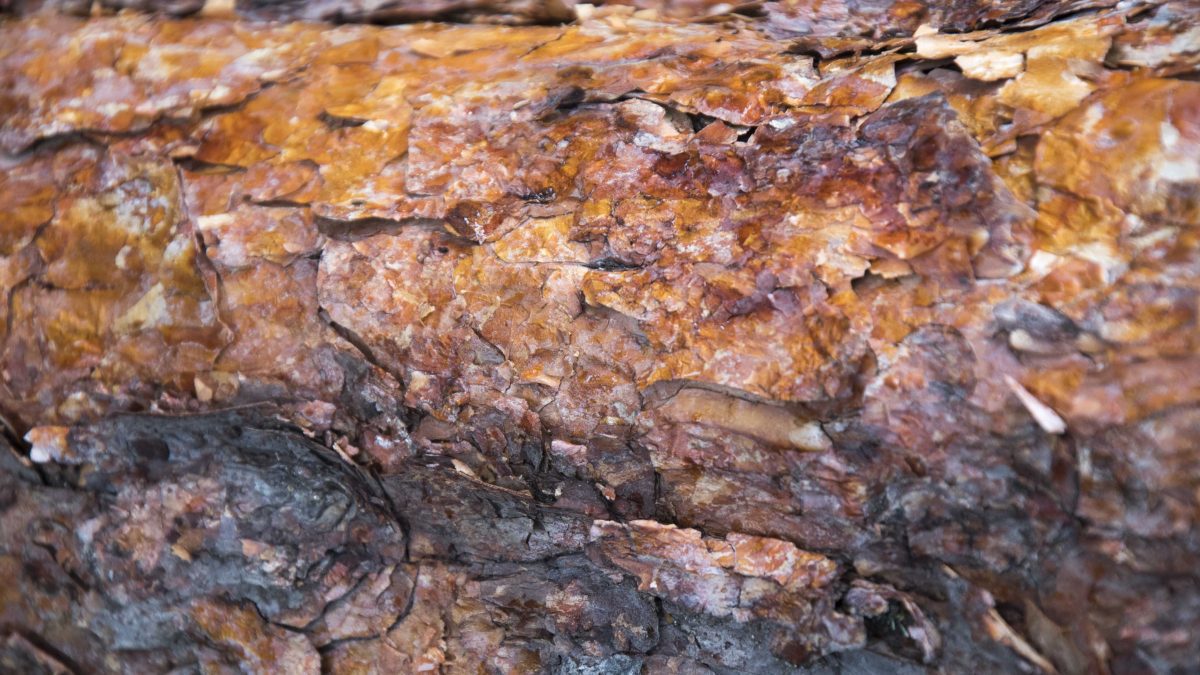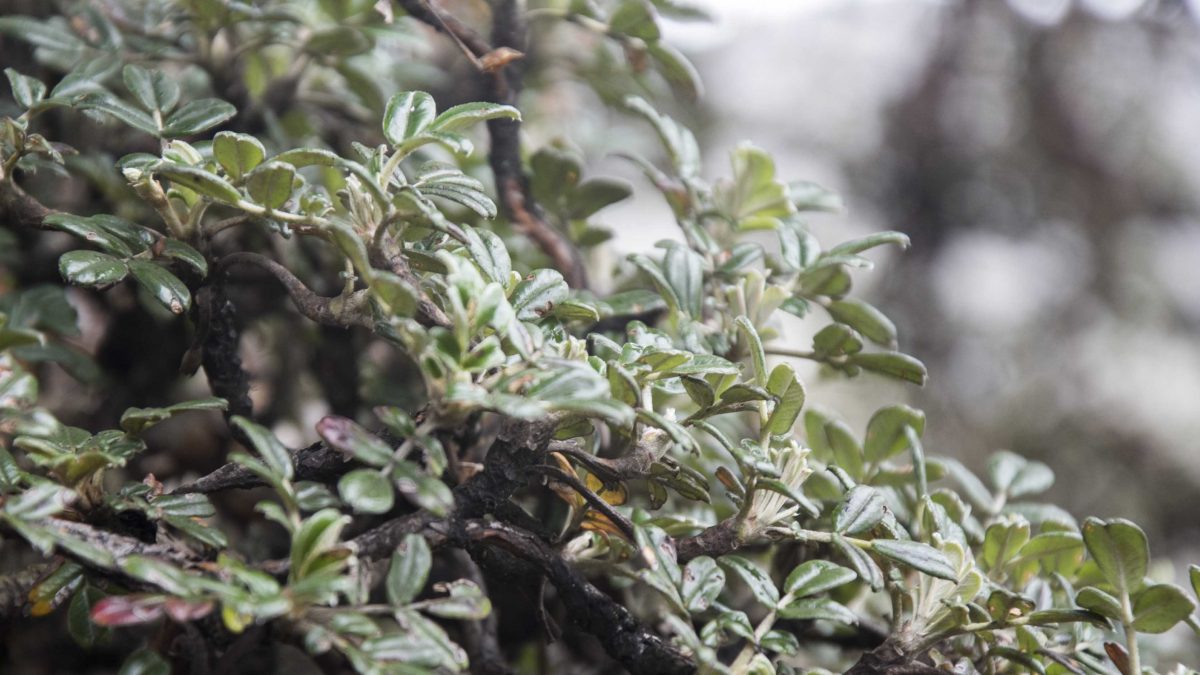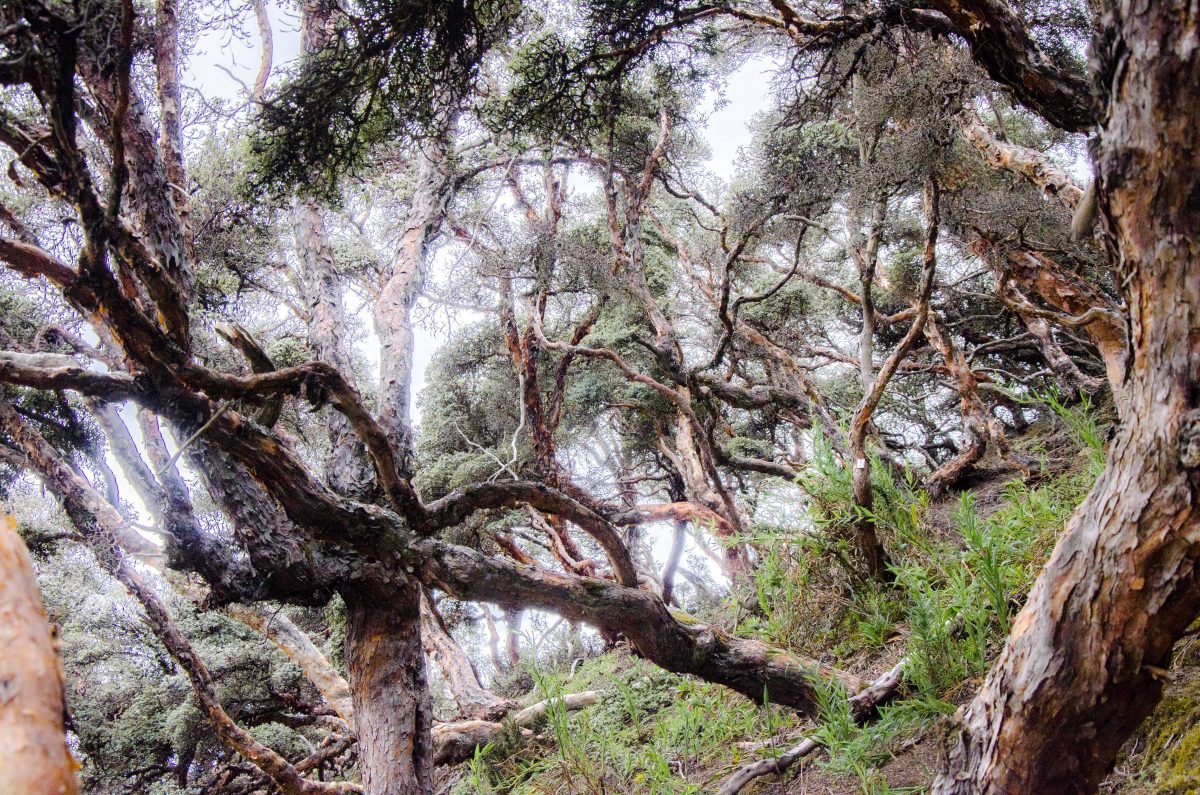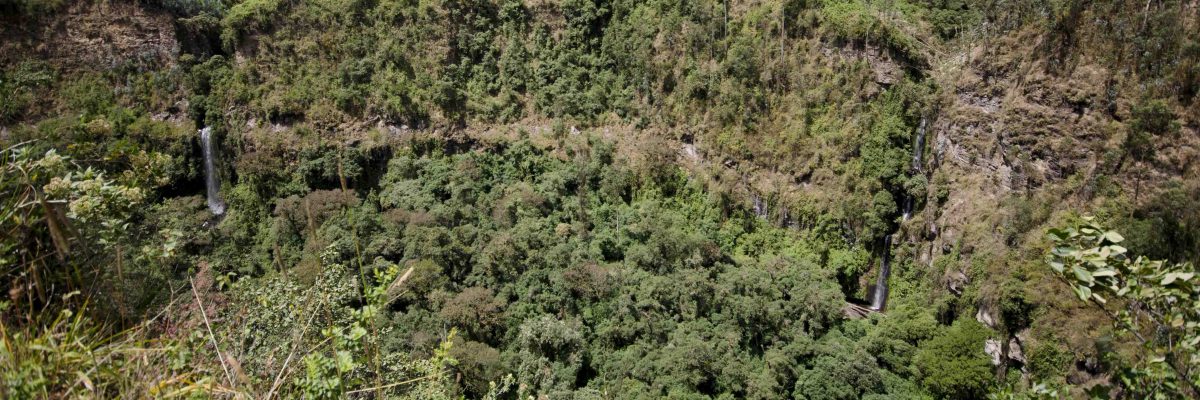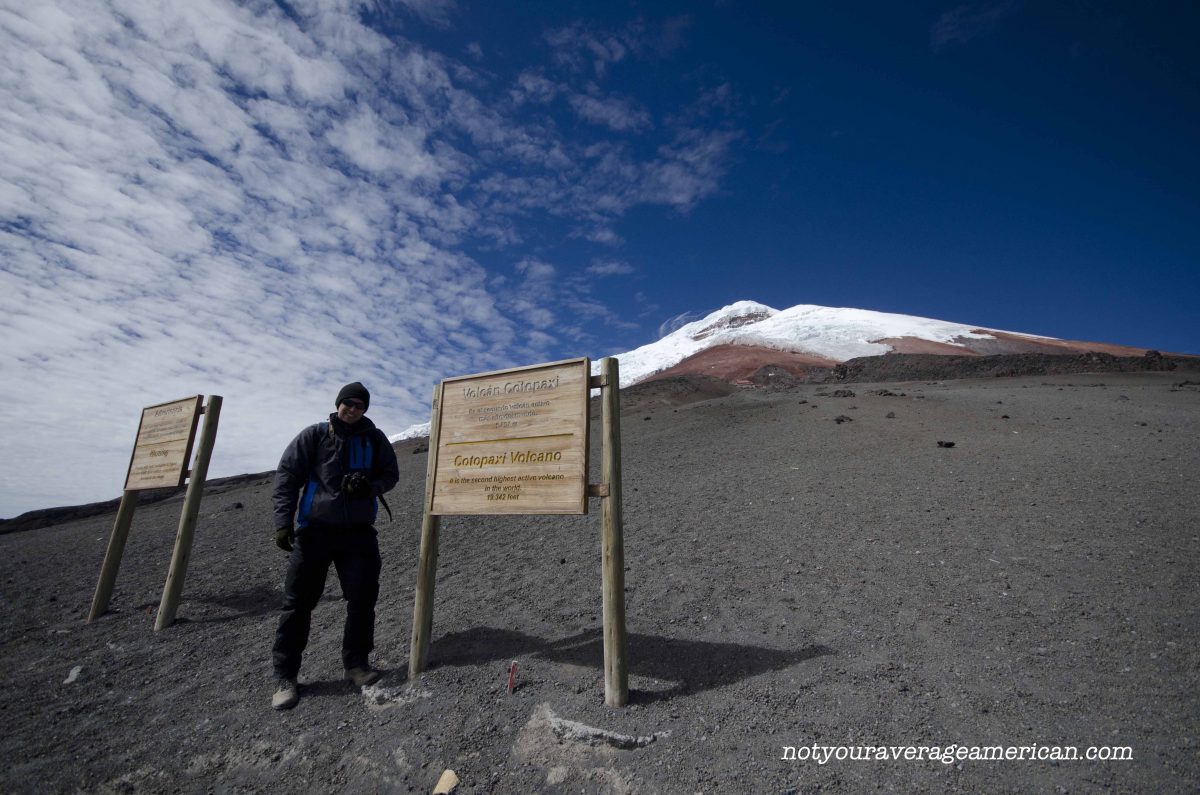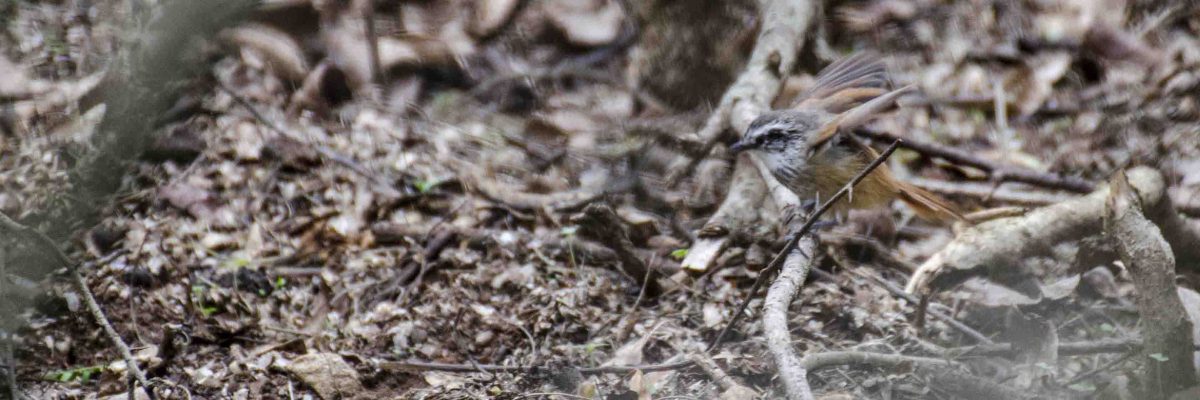A turn-off about a kilometer east of the main entrance to the Chimborazo Wildlife Preserve is the only clue that something more lies futher down the unmarked dirt road. Waiting at the end of the well-traveled track is a trail head to one of the most magical places I have ever visited, an endangered bosque de arboles de papel, better known as a Polylepis forest.
The Back Road to the Chimborazo Polylepis Forest
The most difficult part of this un-paved backroad is the actual turn-off. Ecuadorian highways are designed with deep gutters that could swallow a complete wheel of your car if not carefully manuevered. The turn-off has a slightly less-indented ditch but if your wheels are slightly off center, it would be easy to drop one wheel into a difficult to leave pit. Even high-clearance vehicles have problems so be sure to make the turn within the small radius allowed.
Once on the road itself, enjoy! You will drive across a near moonscape of high altitude paramo. This land is mainly tan colored volcanic soil covered with patches of low-lying grass. Keep your eyes open as this area is popular with the strange-looking camelid creatures called vicuñas. While it is common to see one or two grazing alone, look more closely as these pack animals blend easily into the surrounding countryside.
A kilometer or so in, you will see signs directing you to the trailhead. Furthermore, once you arrive, there is a small explanatory sign with a map and description of the trail. Be warned that this sign says that it will take you hours to arrive to the Chimborazo Polylepis Forest. It is wrong.
The Chimborazo Polylepis Trail
The trail is well-marked and easy to follow. For the first kilometer or two, it cuts through the thick, peat like soil of the paramo and slowly gains elevation.
While the high paramo looks dull-colored and practically barren, it is not. Many low-lying flowers lie camoflauged in between tufts of tall grass. Others are so tiny that their bright colors fade in the distance. Remember to look down and discover the amazing variety of colors in this seemingly monochromatic landscape.
In some sections, the trail cuts deeply into the turf from generations of visitors. Some sections are so narrow and deep that it is tempting to go off trail. Please don’t. This is a fragile landscape that demands our respect. It can take years for mosses, lichens, and other high altitude plants to grow even a few millimeters.
Eventually, the trail arrives to rocky outcropping at the top of the rise. While your attention will be focused on moving forward, make sure to turn around at this point and look back at the Chimborazo Volcano. On a clear day, it is possible to see the mountain in its full glory. I’ve hiked this trail twice and seen the mountain only fleetingly as it teased us between wind-blown clouds.
Although the trail is a little tough to see on the rocky ground, this is a short stretch. It will cross over the hilltop to the otherside. The vegetation changes, the trail becomes hedged in small forest growth, and then suddenly there it is, the Chimborazo Polylepis Forest full of paper trees.
A Forest of Paper Trees
On our first arrival to this mysterious place, we spoke in hushed whispers as if afraid of disturbing the trees. Inside their embrace, it is almost impossible to hear the wind that pushed us along the trail. No birds chirped. No animals darted for cover. Or at least none that we could see or hear. It was almost as if the forest did not want to call attention to itself.
Paper bark hung from limbs, almost begging to be pulled away like chapped skin on dry lips. The forest floor was covered in ancient shreds of bark. It felt spongy underfoot, as if walking on a soft mattress. When I finally reached out to touch a branch, my fingers first sensed a coolness on the surface. I was ironically reminded of stroking the smooth-skinned Madrones of the Northern California whose bark is notrious for remaining cold even on the hottest summer days. But the Polylepis also felt warm, despite the coolness of the weather. The heat came from deep inside and hinted at longlife and survival.
This small stand of trees is a mere remnant of a much larger forest that once dominated the high Andes of Ecuador. These trees have a very dense wood that makes excellent firewood and great handles for work tools. Some of the larger logs have even been used to build small structures like animal pens. It has only been in recent years that Ecuadorians have come to understand that using the wood from these trees only further endangers their survival. But in a country where many people cook daily on wood fires, ignoring a source of firewood comes at great expense. As with so many environmental issues, it will take hard work and continuing education to save the paper trees that still exist.
Suggestions for hiking this trail
Afternoon hikes have proven to be hit or miss. Both times, late rains threatened and eventually fell on our hike out. The first visit, late storms prevented us from seeing the Chimborazo Volcano at all. However, we were able to hike through the forest to the other side and admire the potential view back towards the volcano. Rain caught us a little off-guard on the second trip. We were still admiring trees in the forests when the drops began to fall. Rather than chance getting drenched, as we did our first time, we headed back before exploring further. Of course, that is the same day that the skies partially cleared and we were blessed with beautiful views of the mountain on our drive back.
For the birdlovers among you, I would recommend tackling this trail in the early morning when the Star of Chimborazo hummingbird breakfasts on the sweet nectar of the bright orange, flowering chuquiragua. While I am unsure of how many of these birds populate the slope in this area, chances of spotting this gorgeous creature are much higher in the morning. Keep your eyes open for raptors. We have spotted hawks flying nearby in the afternoons.
Please take appropriate rain gear and, if the weather is cold, don’t be surprised if it starts to snow. Late afternoon and early morning fog can be common so know the trail. While this is a simple in and out hiking trail with no side trails that we noticed, hire a guide if you doubt your ability to navigate.
Dirt Road to Polylepis Trail
Parking Lot
Information For Your Trip
Prepare for cold weather, including snow and rain, even on beautiful days. Carry plenty of water and high energy snacks. Be prepared to stop hiking if anyone in your party exhibits signs of high altitude sickness.
- Direction by Car, The road to access the trail is approximately 1 kilometer east of the entrance to the park. Loo for a turnoff to a dirt road on the right-hand side of the highway.
- Direction by Public Transportation: There are no public transportation options for this trip. Please consider hiring a local guide.

